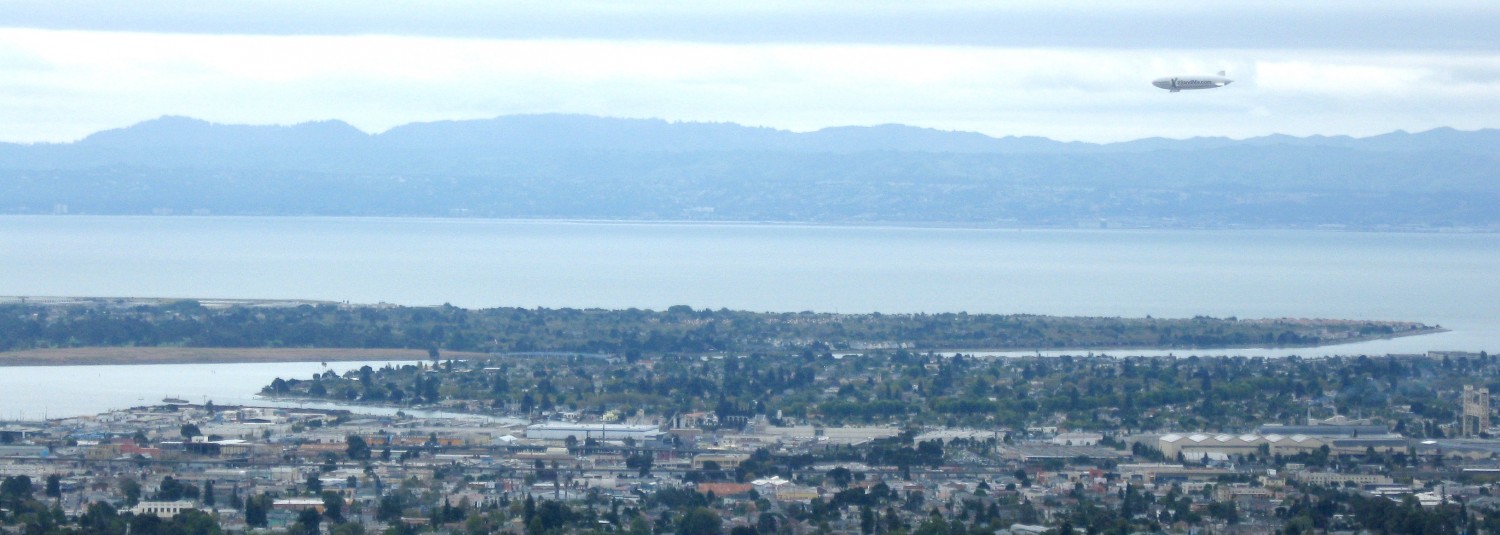Smuin Contemporary Ballet
Dance Series 2
Friday, May 10, 2024
Yerba Buena Center, San Francisco
Amy Seiwert has now become the Artistic Director of the Smuin Ballet, succeeding Cecelia Fushille. Both welcomed the audience to the 24/25 season of the company, a season that will continue this spring, 2024, in Walnut Creek, Mountain View and Carmel. The dancers in the company are very strong, skilled and exuberant performers.
Seiwert’s work “Broken Open” had its world premiere on September 18, 2015 (so the program notes). She brings attention to several dancers who have helped bring the work to its current realization, which is lively, complex and brilliantly danced. To music by Julia Kent, colorfully costumed by Sandra Woodall, “Broken Open” is a complex series of events, group work, solos, duets and a men’s trio, all performed at a lively pace and with superb skill. It may even be too much for the general audience.
“Tupeolo Turnado” (World Premiere, May 3, 2024) is a lively, “over the top” tribute to the ‘king of rock and roll” Elvis Presley. The choreographer, Annabelle Lopez Orchoa notes that Presley “succumbs to the weight of fame.” The event is a first-class audience pleaser with costumes boy Susan Roemer and amazing scenic design and lighting by Alexander V. Nichols. But it is the portrayal of Presley that dominates the event, although there are brilliant performances by several company soloists (alas their names are not noted in the program)! Wearing a ‘mock’ TV screen over his eyes, the leading soloist (Presley) delivers dance to accompany the songs, funny, satirical and always moving. One soloist’s performance is almost entirely on the floor and is very touching and emotionally moving. The audience (who may or may not remember Presley’s genius) wants to break out singing. (I did on the way home).
Smuin’s “StarShadows” which opened the evening was a nostalgic memory of Smuin’s ‘cool’ dance work. Alas, in contrast to contemporary ballet, it remains a ‘night-club’ work. “Untwine” by Brennan Wall, which followed to selections from Vivaldi’s “The Four Seasons” had some wonderful solo and duet interludes (for three couples), but again was not innovative in its choreographic invention.
The taped music throughout the evening, alas, did not justice to the scores.
Congratulations to the Smuin Ballet for its innovative programming, choreography and most of all brilliant dancing throughout. It should bring delight in all future events.
